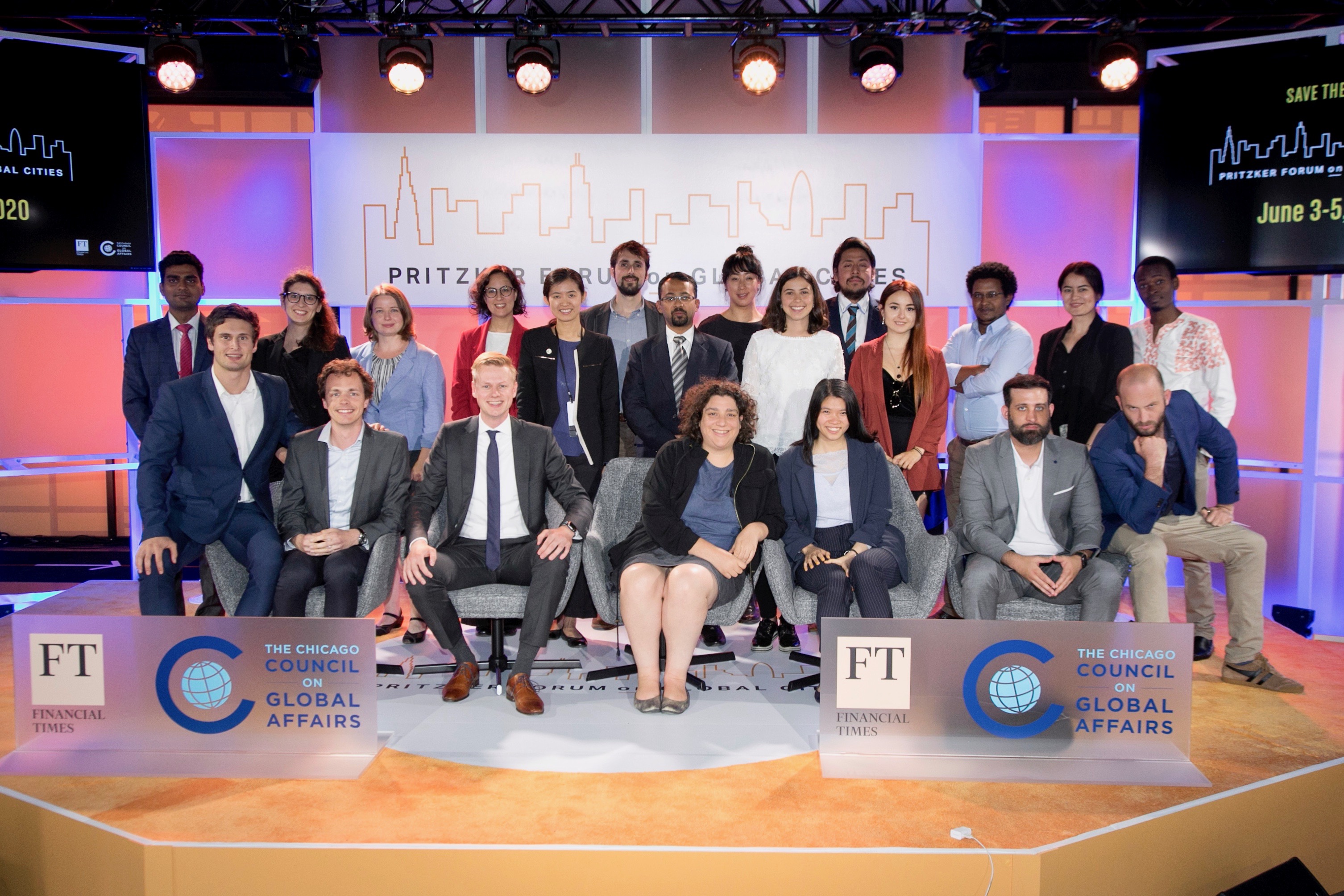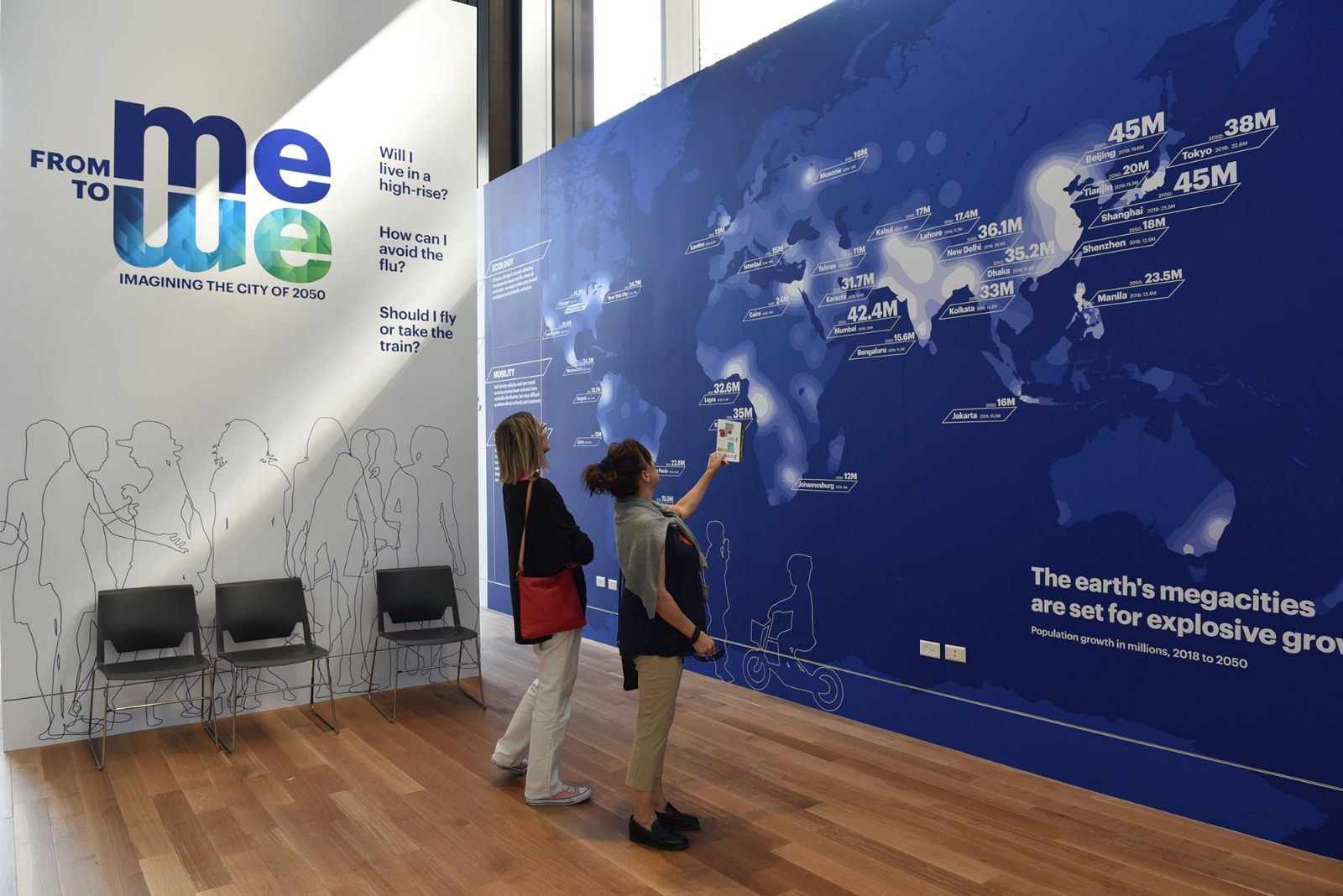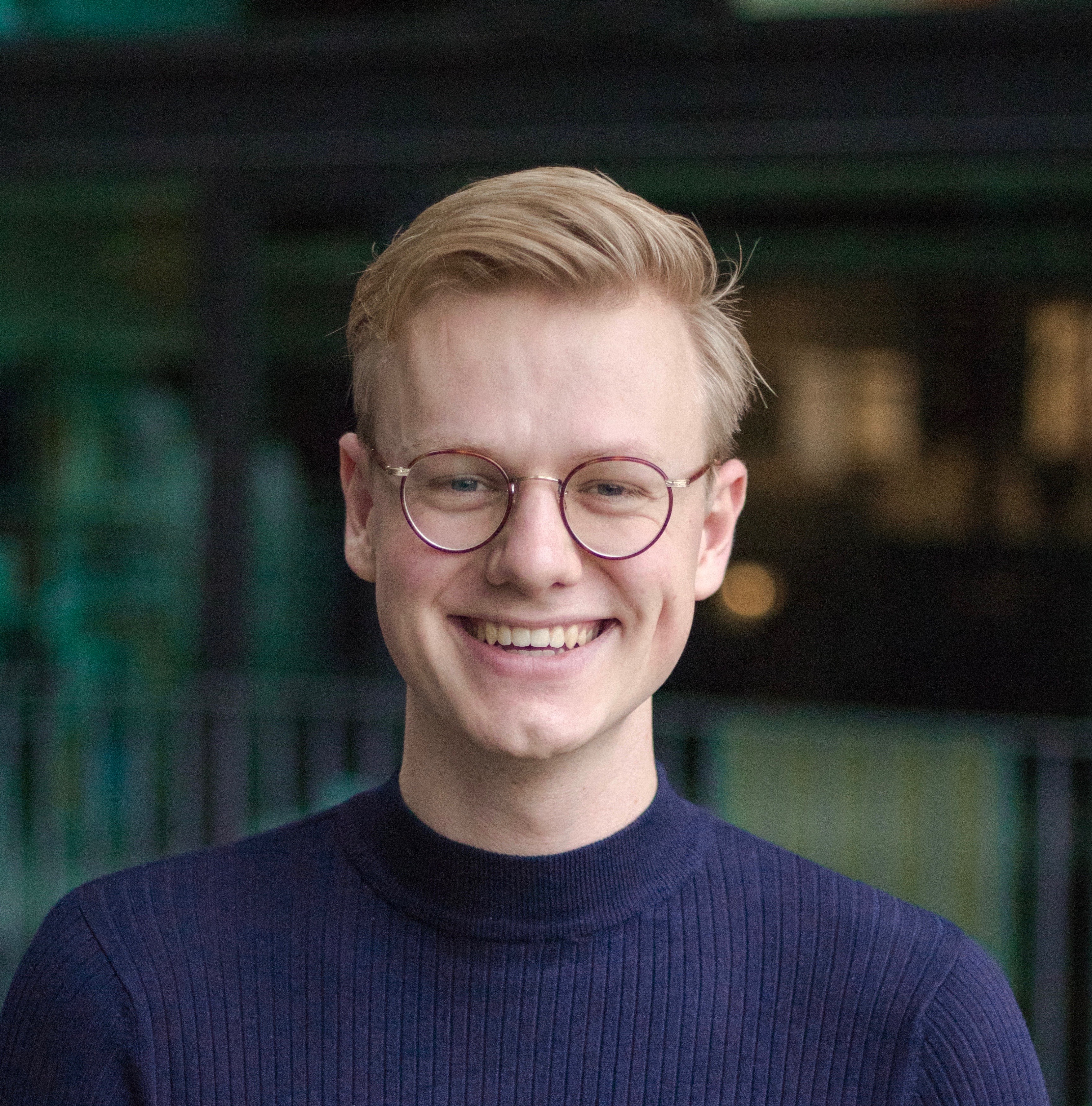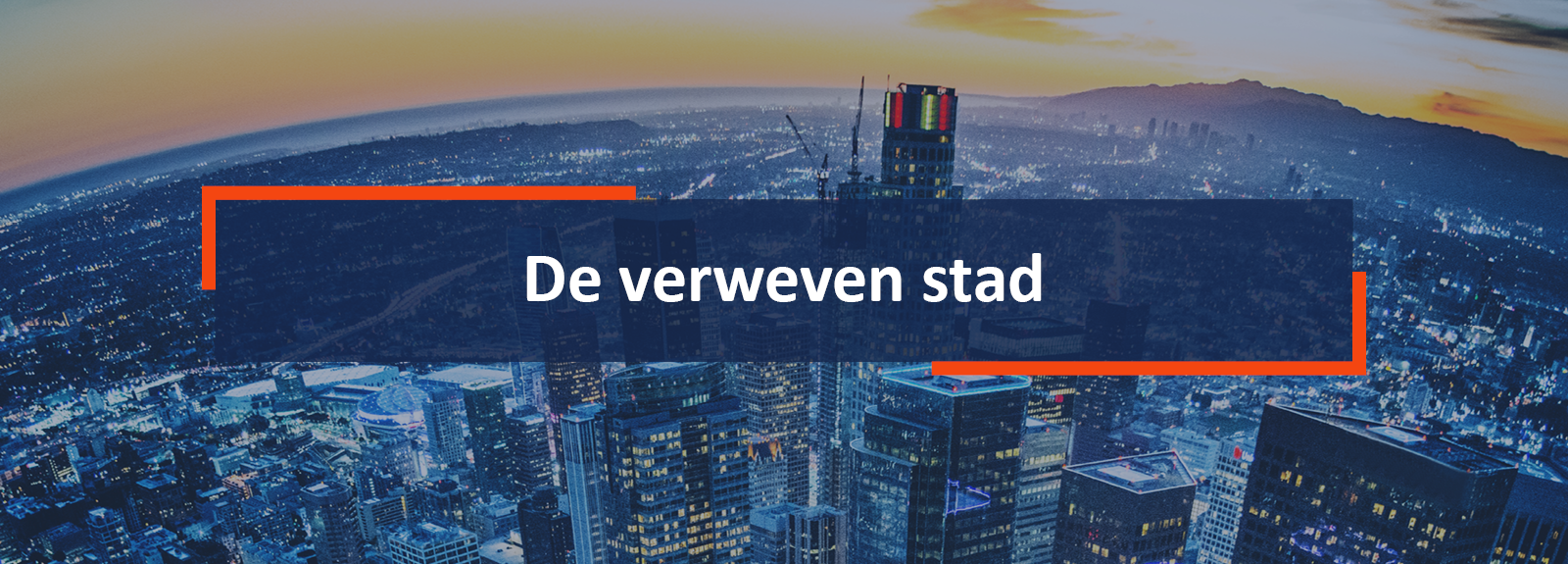Reporting from Chicago
Editie: 27
Published on: 03 oktober 2019

Each year the Chicago Council on Global Affairs organizes the Pritzker Forum on Global Cities. The Forum was initiated five years ago by the council to underline the importance of future cities and share thoughts on pressing challenges cities face. For example, some cities do have bigger economies than whole countries. Therefore, cities’ global economy influence is rising. In general, the council is a think tank membership organization which brings together people from business, government, education, and the arts in international forums driving the critical dialogue; offering policy analysis on a wide spectrum of global issues. The Pirtzker Forum is one of their yearly events.
Last June the Pritzker Forum on Global Cities took place, representing the University of Technology I took place in the so-named Global Student Delegation. This student delegation exists out of over 25 students originating from Mexico to India and form Japan to Israel. All students were pursuing their master-degrees or doctoral degrees in urban related issues. For example, subjects studied are: public policy integration towards a green economy; creating efficient and equitable systems to enhance urban landscape and empower local communities; temporal and spatial variability of ultrafine particles in cities; potential contribution of climatically adapted vegetation to reduce the urban heat island footprint of residential landscapes. As you read, a great variation in research focusses are covered, however all these topics are connected to urban challenges and/or future cities.
During the forum a wide spectrum of global city challenges was discussed by an impressive list of global practitioners and government officials (e.g. AI; Migration Policy; Urban Green). I found the forum an inspiring and enriching experience. If you are interested, all panel discussions and flash-talks can be reviewed on the Youtube channel of The Chicago Council on Global Affairs . The most interesting panel discussions for me were on MaaS and on (un)affordable housing.
During the Maas panel discussion Heidi Alexander (Deputy Mayor, Transport for London); Chris Pangilinan (Head of Global Policy, public transportation, Uber); Jan Vapaarvuori (Mayor of Helsinki) and others discussed the potential and practical issues of MaaS, answering whether it is a “Boom or Bust”. The major of Finland explained that all mobility providers should work together to compete with the private car instead of trying to be as user-friendly as possible individually and compete each other. To reach this goal, transportation providers are required by law open up their ticket and payment interface to other parties. The discussion went on about the desired balance between public and private sector. A transit system has huge impact on a city, to what extent should the government be involved? In addition, to the MaaS panel discussion I also attended the MaaS workshop at McKinsey & Company.
In the (un)affordable housing panel discussion Koon Hean Cheong (CEO Housing and Development Authority of Singapore) gave her opinion and insights on how housing is organized in Singapore compared to other countries. Furthermore, the flash-talk about “The Senseable City” by Carlo Ratti (Senseable City Laboratory MIT) was a great outlook into promising tech applications in urban planning.
Lastly, I spent some more days in Chicago enjoying all the skyscrapers and architecture of this city. At the Chicago Architecture Center (CAC), I bumped into a very interesting temporal exhibition: from me to we – imagining the city of 2050. Covering many topics which are taught in CME and USRE master programs as well (e.g. urban housing, mobility, livability, healthy cities and technology). In addition, a map of future mega-cities was displayed showing whole regions turned into mega-cities (Figure 1). Next, of course I made the obligatory “bean” (cloudgate) photo and visited cultural neighborhoods out of downtown: Pilsen (Mexican) and Chinatown.
To summarize a very enriching and international experience resulting in a huge amount of inspiration and network opportunities. I would like to close this report with my sincere thanks to the Department of the Built Environment for nominating me as student delegate this year.
 FiguRE 1: Map of future mega cities BY MICHAEL COURIER (Chicago Architecture Center, (2019))
FiguRE 1: Map of future mega cities BY MICHAEL COURIER (Chicago Architecture Center, (2019))
Bronvermelding:
Chicago Architecture Center. (2019). From me to we: Imagining the city of 2050. Retrieved September 30, 2019, from http://www.architecture.org/exhibits/exhibit/from-me-to-we-imagining-the-city-of-2050/
Flickr. (2019). Chicago Council on Global Affairs’s photostream. Retrieved September 30, 2019, from https://www.flickr.com/photos/thechicagocouncil/48051722213/in/album-72157709055231838/
Mail the editors

